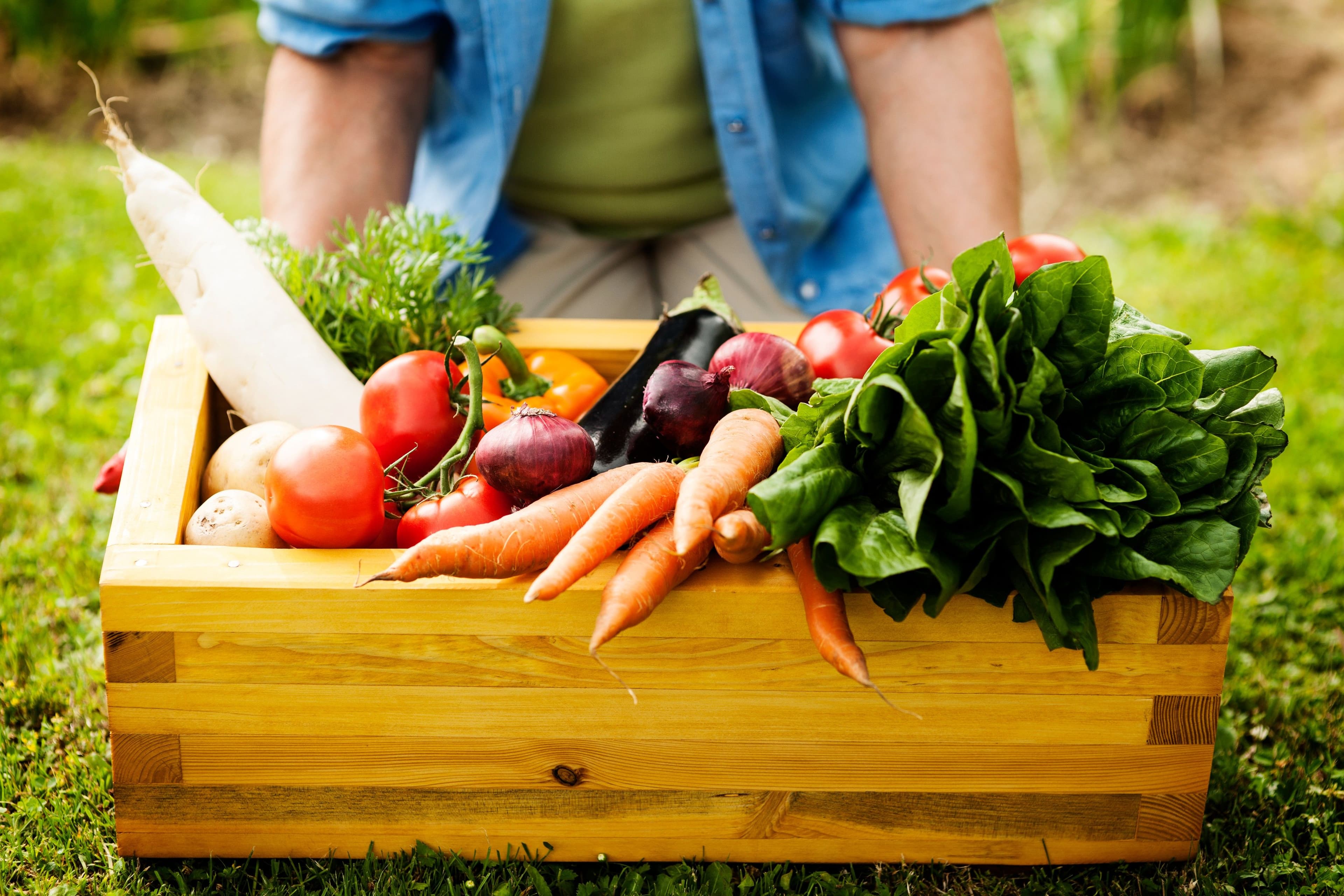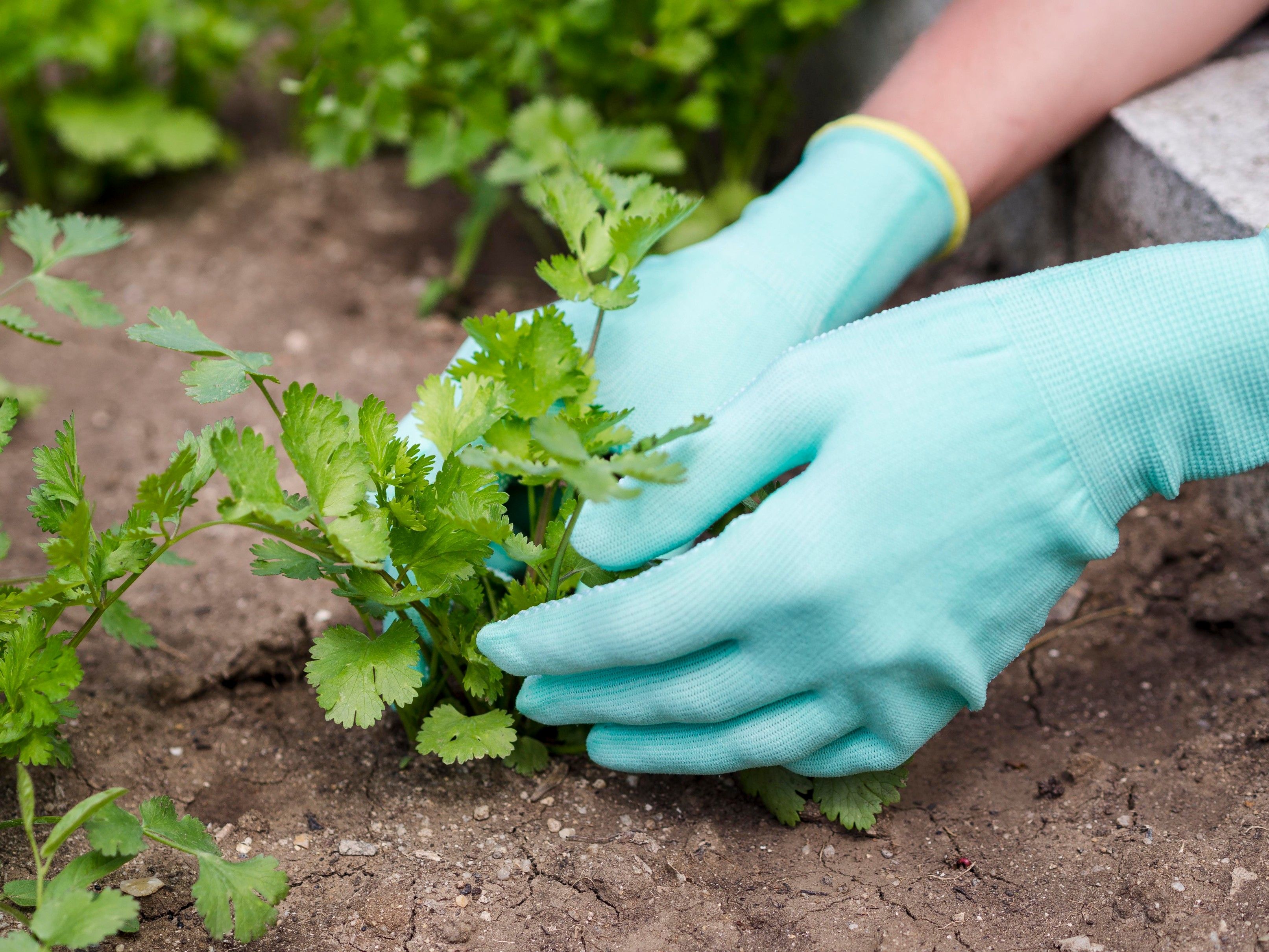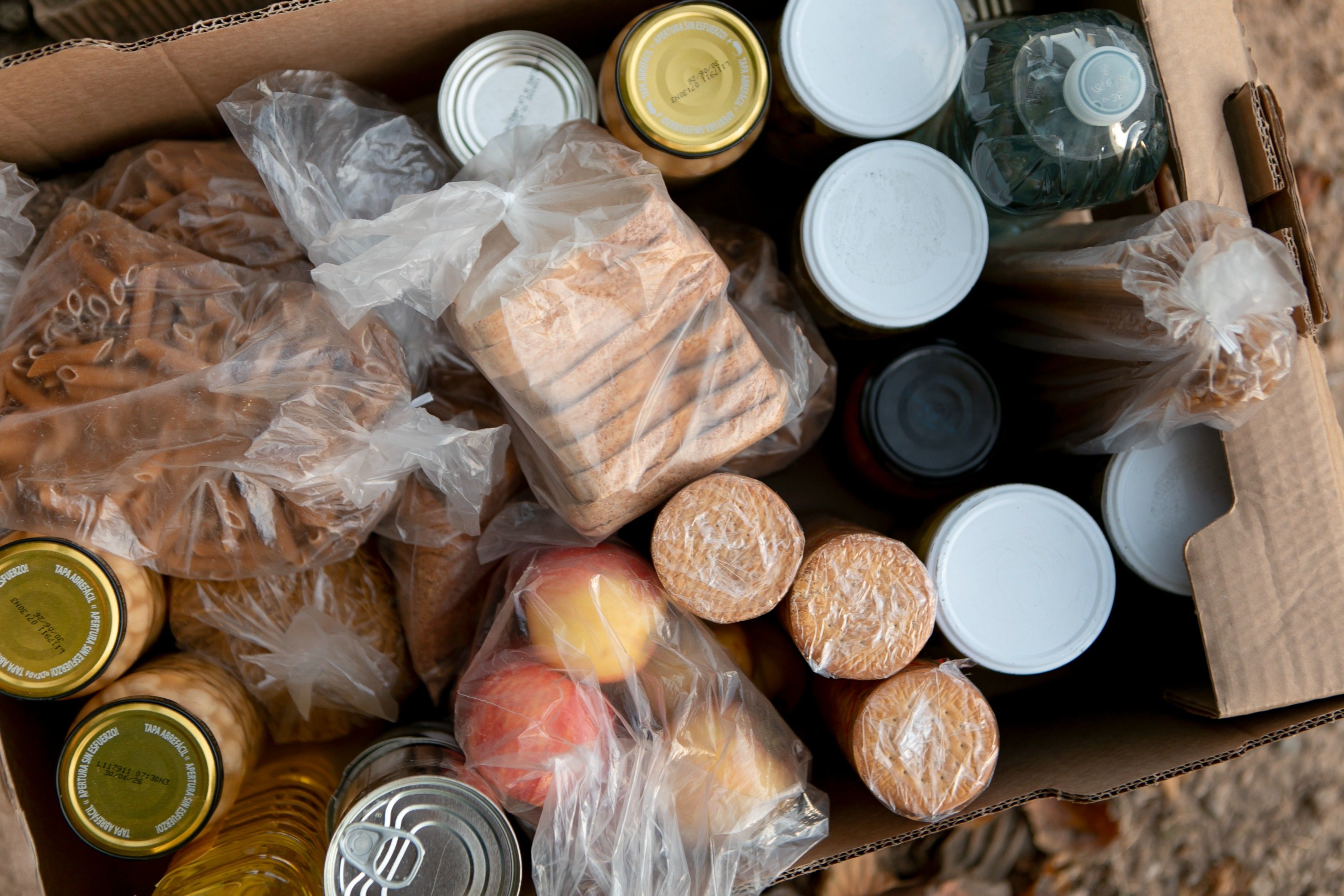
13/10/2023
Urban Agriculture: Food Possibilities in the Circular Economy
By Arlene Carvalho, from Movimento Circular
Have you ever wondered where the food on your plate comes from? Whether what you eat is local or not? Whether it is truly healthy and fresh? According to the World Health Organization (WHO), fresh or minimally processed foods are the ideal foundation of a proper diet. They are obtained directly from plants or animals with minimal or no processing.
When we go shopping for these ingredients, our concern should extend beyond taste and quality. We consider the price of products, the distance to the purchase location, travel time, which includes the carbon emissions from transportation, and various other factors that are part of the equation for more sustainable consumption. These are just some of the many aspects that allow us to think about the relationship between food and the Circular Economy.
 It is important to accurately characterize urban gardens and urban agriculture. Image: Freepik
It is important to accurately characterize urban gardens and urban agriculture. Image: Freepik
Urban Agriculture and Circularity
But how can we effectively act in this direction in our daily lives? The Circular Economy increasingly points to viable alternatives that hold opportunities for a future with less waste, healthier, and more sustainable. A practical example of this relationship is urban agriculture and community gardens, which have been gaining ground in recent years. More than a solution to ensure fresh and quality food produced very close to our kitchens, this practice can be considered a true community revolution.
According to journalist and environmentalist Claudia Visoni, founder of the Union of Community Gardens of São Paulo and co-founder of the Food Front, urban agriculture is a powerful force, and it is important to characterize it properly.
"There is confusion between what urban and peri-urban agriculture and urban gardens are. This is one of the key points. Urban and peri-urban agriculture involves professional farmers who live in the city. While community gardens are much more like edible landscaping, a place for environmental education, nutritional education, community empowerment, urban oases, places of contemplation. Not always economy is practiced there, but there are cases," she states.
One of them is the Frente Alimenta project, which, according to Visoni, aligns food with other Circular Economy principles. They deliver pesticide-free fruits, vegetables, and vegetables to community kitchens in high social vulnerability areas in São Paulo and support small urban and rural agroecological farmers in the region, generating income for vulnerable workers and contributing to ecosystem regeneration and water source protection.
The project emerged at the beginning of the Covid-19 pandemic, which worsened food insecurity in São Paulo's peripheries and affected small agroecological farmers.
"The initiative emerged as an emergency response to help those in need because of the pandemic. At the beginning, activists funded the actions on their own. The Kairós Institute became a partner in 2012, and our focus shifted to community kitchens. Today, the Frente Alimenta provides healthy food, improving the beneficiaries' quality of life and promoting urban agriculture in São Paulo, which has enormous production potential," explains Visoni.
 The food produced by partners of Frente Alimenta is distributed for the production of solidarity meals. Image: Reproduction/Frente Alimenta
The food produced by partners of Frente Alimenta is distributed for the production of solidarity meals. Image: Reproduction/Frente Alimenta
The Frente Alimenta project also provides technical support to urban gardens, training for community cooks, and investments in equipment and infrastructure. In 2022, the initiative delivered 29 tons of food to community kitchens, prepared 111,000 meals, distributed 2,000 agroecological baskets, and benefited 6 kitchens and 10 communities. "All of this is done, still, with the aim of not generating or at least reducing waste. Locally produced foods not only eliminate packaging but also absorb a large amount of organic waste in compost production and even materials that are difficult to dispose of, such as wood scraps, which are used to delimit beds," emphasizes the environmentalist.
Furthermore, agricultural production in cities also minimizes the need for long-distance food transportation, reducing carbon footprint and associated waste. However, according to Visoni, without public support, this is difficult to achieve. "It is essential that the public sector supports the growth of agriculture in urban areas. In addition to contributing to the conservation of public spaces and reducing crime, urban agriculture promotes a more vibrant local life and helps contain the uncontrolled expansion of urban sprawl, reducing the demand for transportation."
Urban agriculture not only connects us directly to the origin of food but also aligns perfectly with the principles of the Circular Economy, including the social and personal aspects. "It can generate jobs and income, promote the rebirth of community life, offer free leisure, and improve people's physical and mental health. In addition, it provides practical environmental and nutritional education, strengthens food security, integrates farmers and consumers, and values traditional cultivation knowledge. In a time of social polarization, urban agriculture reminds us of our interconnectedness with nature and the importance of rebuilding bridges between people," concludes Visoni.
 Packaging is part of the circularity equation. It is necessary to think about them. Image: Freepik
Packaging is part of the circularity equation. It is necessary to think about them. Image: Freepik
Circularity in Homes and Packaging
When discussing circular economy in food, we cannot overlook the importance of reducing waste and rethinking the life cycle of food. This includes how we handle waste and packaging. The pursuit of unpackaged foods or those using sustainable packaging, along with waste reduction, are key elements of this equation.
"When we look at our plate of food every day, we should celebrate. It is the result of the work of dozens, hundreds of people in partnership with the environment. Knowing this entire chain, from production to eventual disposal, should make us reflect on ethical issues related to availability, access, and at the same time, all the waste that still exists," comments Edson Grandisoli, the pedagogical coordinator of the Circular Movement.
After all, circularity is not limited to food production but also to what we do with food leftovers and packaging after consumption. Adopting "zero waste" practices in our homes and supporting recycling and packaging reuse initiatives significantly contribute to building a more circular and sustainable economy.
"We can and should make better choices every day. It is a constant learning process in the direction of zero waste production and ensuring access to healthy and quality food for everyone. In other words, a circular food system as a guarantee of environmental quality and a human right," concludes Grandisoli.
Therefore, as we celebrate World Food Day, it is worth reflecting on how our food choices and daily practices can play a fundamental role in promoting circularity, making our relationship with food healthier, more sustainable, and conscious.

